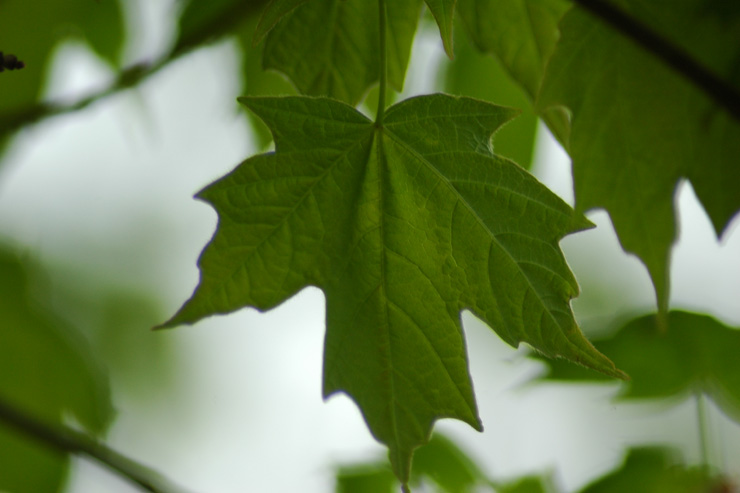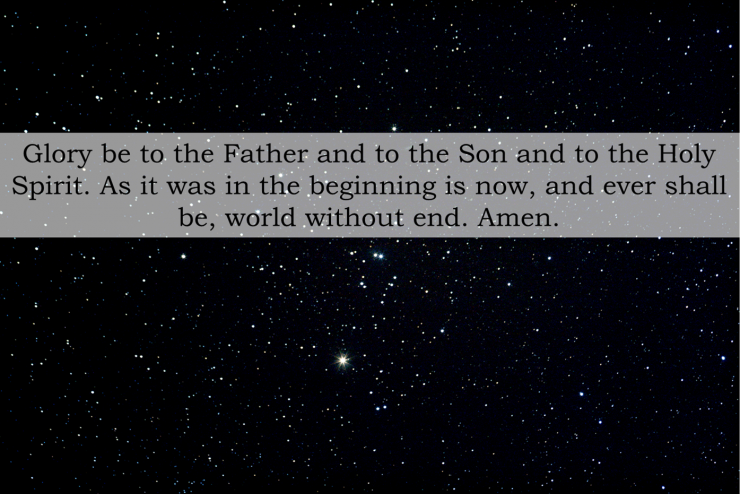 Every springtime when the leaves reappear, I remember something profound I once said. I was a doctoral candidate at Penn State University, and our research group was dining outside on pizza and Corona® at our Friday afternoon spot. I wondered aloud, “Do you think people know how dumb we really are?” Off-the-record, of course.
Every springtime when the leaves reappear, I remember something profound I once said. I was a doctoral candidate at Penn State University, and our research group was dining outside on pizza and Corona® at our Friday afternoon spot. I wondered aloud, “Do you think people know how dumb we really are?” Off-the-record, of course.
One of our projects was to artificially simulate photosynthesis. The contrast between what we could do and what the average mindless flapping leaf could do troubled me deeply when I allowed myself to think about it. Our “leaves” were sophisticated, constructed on silica powder so fine it floated in air. We grew films on these particles in onion-like layers. The first layer was 7 angstroms thick (7 ten-billionths of a meter), an inorganic sheet one molecule high, like mini-tiles. The second layer was a coiled polyelectrolyte, 38 angstroms thick, then another layer of mini-tiles, and then another polymer layer. Under the electron microscope the multilayer composite looked like 20-nanometer long fused peanut shells with a “mottled coating.”
Our job was to measure one electron transfer step using transient flash-photolysis and time-resolved luminescence. That is, we aimed a canon-sized LASER at a pinky-sized container of our “leaves” and tried to capture a single photo-induced charge-separated state with a super-camera. The first polymer layer absorbed green light, excited electrons jumped to the other polymer layer, and the inorganic tiles prevented the electrons from going back. The paper we published in the Journal of the American Chemical Society reported that for every 100 electrons excited, about 30 transferred to produce a charge-separated state with a half-life of 21 millionths of a second. Our work from 1995 is still cited in books about the new frontiers of composite nanotechnology.
Here’s the thing: We made one electron transfer step at a 30% quantum yield. In real photosynthesis, electron transfer is a chain of jumps at near 100% quantum yield, which is part of even more complex cycle that occurs in the lipid bilayers of choloroplasts, which is part of an even greater cycle to convert light into energy and carbon dioxide into oxygen on every leaf, as naturally as you and I breathe air. Overall, the average rate of energy capture by photosynthesis worldwide is about six times larger than the power consumption of humans, without noise, pollution, or financing.
I began my dissertation by admitting “each leaf is more sophisticated than our highest technologies,” and eventually faced up to the question of human limitations. I found faith seven years later. Science doesn’t even make sense without faith, for faithless science is nothing but an arm wrestle with matter to build up one’s self, the highest hopes reduced to publication and employment. I look upon those research days now as glimpsing God’s blueprints. Does that make scientists dumb? No, science is a privilege, but to realize its real meaning and purpose, it has to be done humbly and honestly in the context of faith.
If you liked this article, please share it with your friends and family using both the Recommend and Social Media buttons below and via email. We value your comments and encourage you to leave your thoughts below. Thank you! – The Editors














